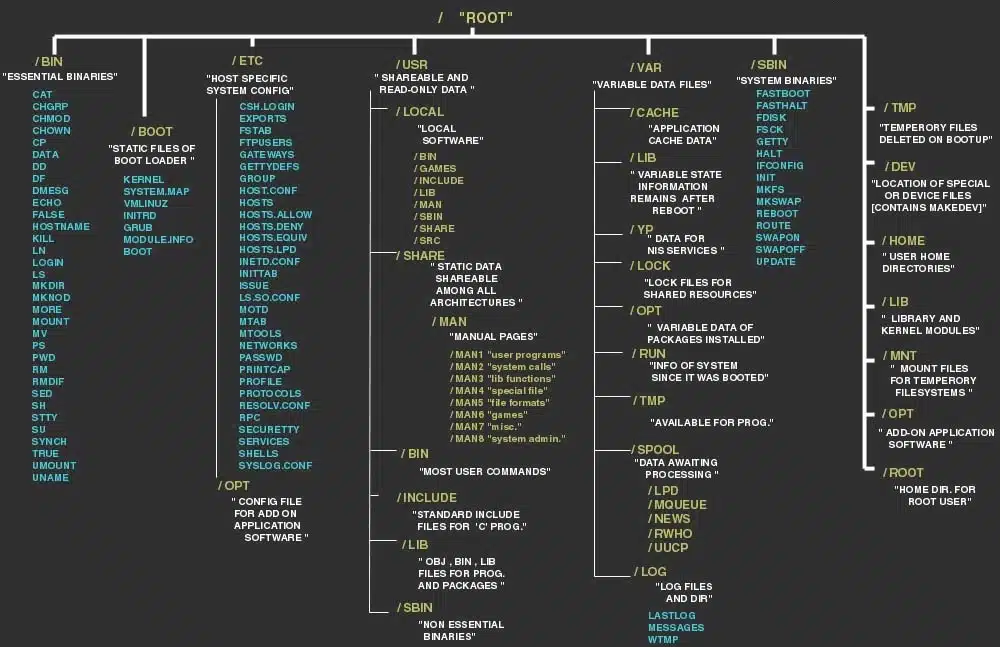
Verify with ‘stat’ if the timestamps of both files are indeed greater than the specified time. Let’s try this on a folder with few files and only two files having accessed, modified and status changed after a specified time. Here, the format of the timestamp should be: ‘YYYY-MM-DD HH:MM:SS’. To generalize, the command to be run looks like this: find -newert ‘’ creation time of a file is not maintained in Unix based file systems Thus in the argument '-newerXY', we can have X as a, c, or m, respectively for last access, last status change, and last modification times, and Y as t, so that we can have the next argument to be a timestamp string. Enter any two dates after datemodified: using the mm/dd/yyyy format, separated by a space, two periods, and another space, to find files modified in a specific date range.Now, to find files based on the timestamp, we use the argument '-newerXY' of find from the man page. In this example, any files modified between January 1, 2022, and February 1, 2022, are displayed in the search results. To find files modified between two dates, you can type the following. Enter any date after datemodified: using the mm/dd/yyyy format to search for any files modified on the desired date. In the example search string above, the search results would show any files modified on January 15, 2022. For example, you can type the following to find files modified on a specific date. If you want to find files modified on a specific date or between two dates, add a date or date range in step 3 above.



 0 kommentar(er)
0 kommentar(er)
